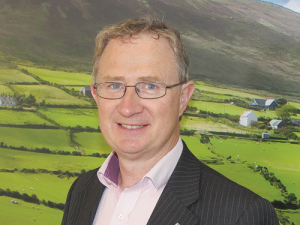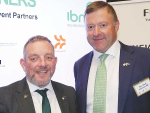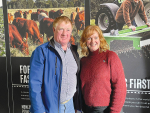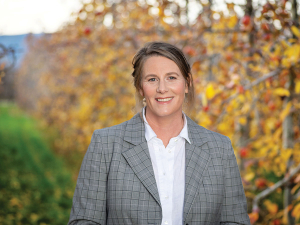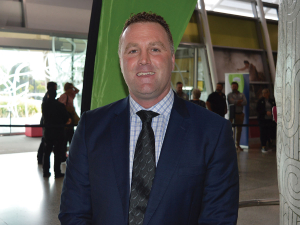The Irish Research Institute Teagasc, with industry partners, has set up a new programme to improve its dairy sector. Peter Burke spoke recently to the director of research, Dr Frank O’Mara.
Since the European Union lifted its restriction on milk production in March 2015, Ireland has been among the countries taking advantage. Milk production has risen slightly, as have cow numbers and herd sizes.
Although the average Irish dairy herd is about 80 cows, Frank O’Mara says at least half now have 100-plus cows and herds of over 500 are emerging.
The Irish economy depends heavily on farming, and with Brexit likely to force Irish farmers beyond their traditional UK market they are gearing up to make an even greater impression on the global dairy market.
To achieve this Teagasc is being funded by the Irish government to set up Vistamilk -- run by Teagasc with partners in specialist data, analytics, communications and sensor skills plus dairy companies and agritech businesses.
“The goal is to position Ireland as a leader in pasture based dairy systems and the use of precision technologies, so strengthening the Irish dairy industry and developing agri tech. For the farmer this will improve soil fertility for grass production animals, improve animal health and produce new tools to help do this.
“In relation to food, by controlling the whole of milk production we might be able to produce a more consistent product or products that have particular characteristics that might suit particular markets or the needs of particular consumers.”
The aim is to develop better genetics and improve the nutrition of the cow, especially via pasture. But Vistamilk has a wider mandate, notably farm labour efficiency, O’Mara says.
“Labour is a big issue in Ireland. Our industry is expanding and farmers are looking for more labour and it’s hard to get.”
He says due to a combination of the milk quotas and some social factors, the Irish dairy industry has stagnated for the last 30 years. But this is changing: a large proportion of Ireland’s 18,000 dairy farmers are seeking out new ideas.
“Teagasc’s extension service has about 12,000 clients and we run a field day at our main dairy research centre at Morepark in Co. Cork
“We would typically get 10,000 - 12,000 farmers so we have excellent connections out to the industry. This demonstrates that Irish farmers think there is something new for them to get by coming to the field day. Nothing is for sale at the field day; the only thing you can get there is knowledge, so farmers come to listen to our scientists and researchers to learn about their latest findings.”
Attracting young people
Dr Frank O’Mara says attracting young people to careers in Irish agriculture is a widespread problem at every level of the industry -- farm workers, managers and at the science level.
Teagasc has several programmes reaching into secondary schools and the wider community to make people aware of career opportunities in farming.
“Especially important is to get rid of the image of dairy farming as a life of drudgery, long hours and loneliness. Sure the dairy industry can be that and… a lot of work, but if you are organised and plan things it can also be a very rewarding career.”
Teagasc will soon launch a programme aimed at attracting young people into dairying.
O’Mara says Ireland’s emphasis remains on training -- practical farm courses or university degrees – in which students spend time in the field, on local farms and sometimes on New Zealand farms.
“This is because of the similarity of the farming systems, the scale people get to see in NZ, and it’s a lovely part of the world -- even though you beat us at rugby most of the time.”

